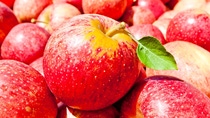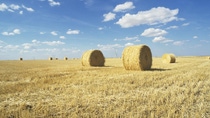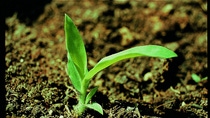Agriculture
Bananas
Bananas are a major export crop, helping to fuel the economies of many African, Caribbean, and Pacific countries. As a rich source of fiber, carbohydrate, potassium and vitamins, including A, C, and B6, they are an integral part of our diet. After rice, wheat and corn, bananas rank fourth in terms of financial value amongst the world’s main food crops in 2013.1
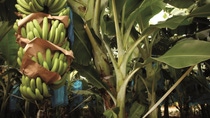
Most banana production takes place in tropical and sub-tropical regions of the globe, where environmental conditions promote the rapid and persistent growth of vegetation. To protect fields, each year growers spend a considerable amount of management effort and financial resources to manage weeds. The relief of weed pressure is key to maintaining healthy and high-yielding banana crops.
Glufosinate-ammonium is a highly effective tool for controlling a broad spectrum of weeds in bananas and has thus enabled a significant increase in yields over the last three decades. The herbicide is applied around the banana plants and even if small amounts land on crop leaves there is minimal to no damage. The use of Glufosinate-ammonium as an alternative to commonly-used Glyphosate helps to avoid problems of weed resistance in bananas.
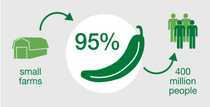
Did you know?
- The EU is the largest consumer and importer of bananas in the world, followed by the US. In 2008, it consumed 5,416,449 tonnes most of them imported from third countries.2
- More than 95% of bananas are grown on small farms in developing countries and are a staple food for more than 400 million people living in tropical region.
Please select crop from list
1Bob Holmes, "Go Bananas", New Scientist, Volume 218, Nr. 2913, 20 April 2013, pp. 39-41.
2Source: European Commission, Directorate-General for Agriculture and Rural Development, "Bananas other than plantains", May 2010.


